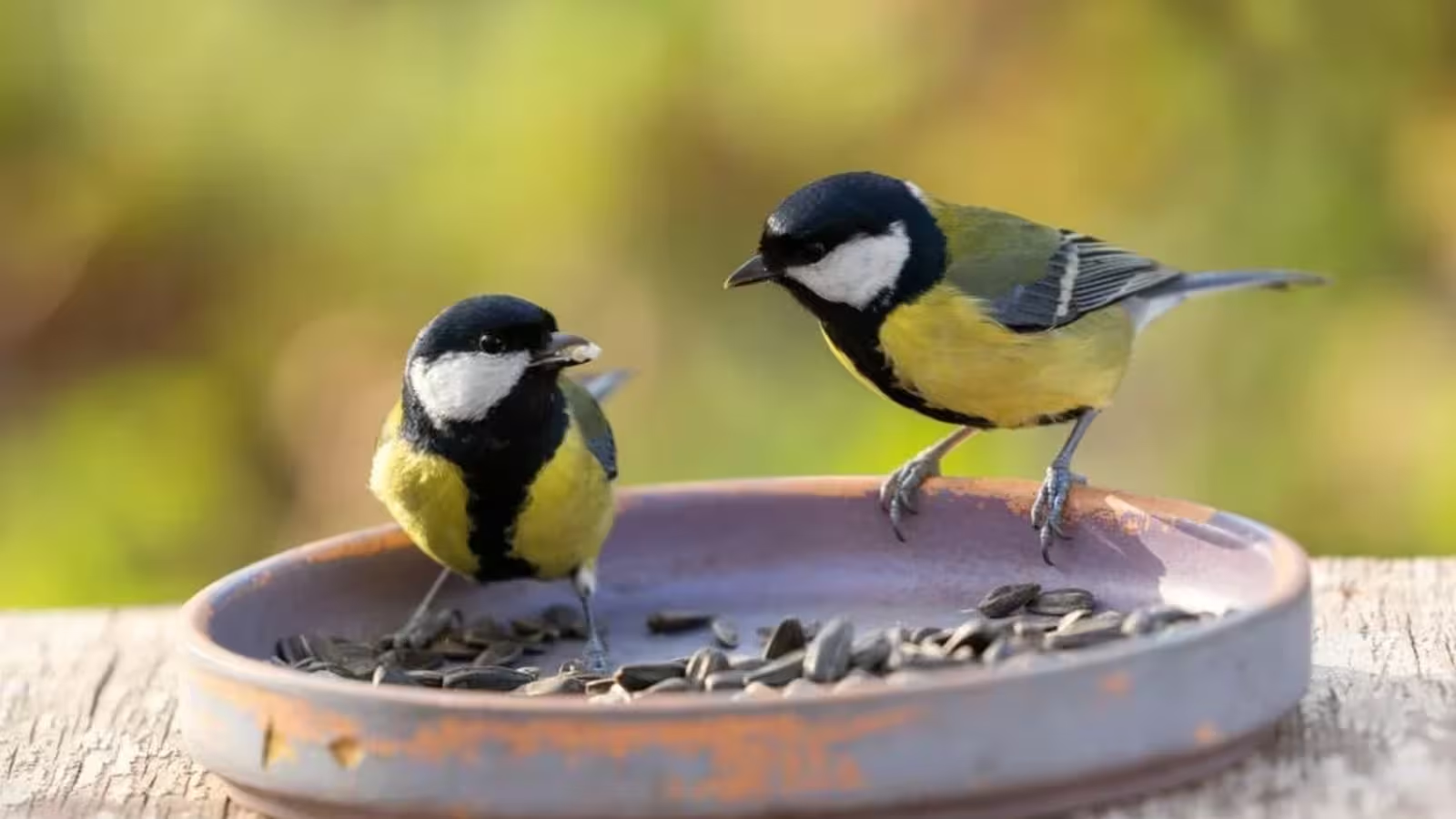4 Minutes
New Insights into the Social Lives of Great Tits
Great tits (Parus major), those familiar yellow and black songbirds frequently seen in European woodlands, have long been considered models of avian monogamy during the breeding season. Traditionally, researchers believed that these birds formed faithful pairs each spring, raising their chicks cooperatively before going their separate ways at season’s end. However, groundbreaking research published in the journal Proceedings of the Royal Society B has uncovered far more complex and dynamic relationship patterns among these common birds, shedding new light on their social behavior.
Scientific Background: Rethinking Bird Monogamy
Monogamy in birds is often viewed through the lens of the breeding season, with pair bonds regarded as temporary partnerships forged for the sake of offspring. In great tits, this seasonal monogamy was thought to follow a predictable course: once young birds were fledged, pairs would "divorce" until the next year, ostensibly due to the practical demands of breeding. Yet, as lead author Dr. Adelaide Daisy Abraham (University of Oxford) and her colleagues have discovered, the story is much more nuanced.
Tracking the Social Dynamics of Great Tits
To explore these questions, researchers equipped individual great tits in forests near Oxford, UK, with miniature radio tags. These devices allowed scientists to monitor the birds’ visits to an array of feeders and, crucially, to document which individuals associated with each other over time. By collecting detailed data on social interactions across three years, the team was able to trace the evolution of pairs both during and after the breeding season.
Their observations revealed that not all pairs separate cleanly at the end of summer. While some great tits do part ways soon after breeding—mirroring previous assumptions—a significant number of couples remain together into the winter months, reconnecting as the next spring’s breeding approaches. Other pairs drift apart gradually, ending their partnerships at varying points throughout autumn and winter. These findings indicate that pair bonds among great tits are shaped by ongoing social processes rather than simple seasonal triggers.
Signs and Processes of "Tit Divorce"
A notable discovery was that birds destined to split up were already less likely to associate closely at feeders, even well before the break became obvious. According to Dr. Abraham, "Our results show that bird relationships are far from static. Divorce appears to be a socially driven process, unfolding over time." The research suggests that choice of mate retention or separation is influenced by social decision-making, and not merely by opportunity or proximity, as previously thought.
Broader Implications for Animal Social Science
This nuanced view of avian social structures opens up new questions for behavioral ecology. For example, do great tits that “divorce” and find new mates experience the same reproductive success as those who remain loyal? Are there measurable differences in parenting style, or does competition for partners influence which individuals remain in pairs? While the exact factors driving these social shifts remain unclear, the authors emphasize the necessity for long-term, individual-based studies to unravel such complex behaviors.
Dr. Josh Firth, co-author and behavioral ecologist at the University of Leeds, commented, “Following these individual birds across seasons and over many years allows us to see how relationships form and break down in nature in a way that short-term studies wouldn’t.” This long-range perspective is vital for understanding the evolution of social bonds in wild animal populations.
Conclusion
Far more is happening within flocks of great tits than meets the eye; their relationship dynamics reflect a sophisticated interplay of social preferences and decisions. The study illustrates that bird behavior cannot be reduced to simple formulas but instead embodies a rich tapestry worthy of deeper exploration. As researchers continue to unravel the intricacies of animal sociality, studies like this not only highlight the intelligence of creatures close to home but also remind us of the uncharted complexity within even the most familiar natural communities.
Source: royalsocietypublishing



Comments